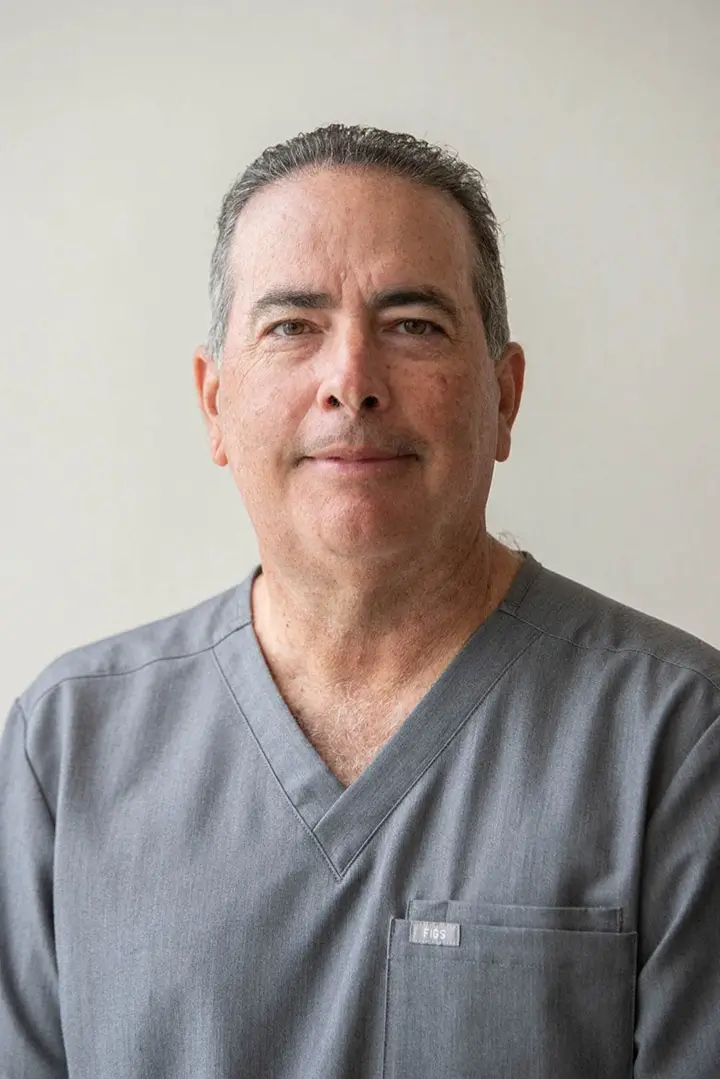Lately, especially on our Facebook Page many people are asking us, “What is the source of the stem cells?”
 At the Stem Cell Institute, we use two types of stem cells. Primarily, we use allogeneic mesenchymal stem cells harvested from human umbilical cord tissue. In addition to allogeneic mesenchymal stem cells, our spinal cord injury protocol uses autologous (patient’s own) stem cells harvested from bone marrow.
At the Stem Cell Institute, we use two types of stem cells. Primarily, we use allogeneic mesenchymal stem cells harvested from human umbilical cord tissue. In addition to allogeneic mesenchymal stem cells, our spinal cord injury protocol uses autologous (patient’s own) stem cells harvested from bone marrow.
Umbilical cord tissue is donated by mothers after normal, healthy births.
All donating mothers are tested for infectious diseases and have their medical histories screened. We obtain proper consent from each family prior to umbilical cord donation.
All mesenchymal stem cells harvested from umbilical cords are screened for infectious diseases to International Blood Bank Standards before they are approved for use in treatments.
A small number of umbilical cords (about 1 in 10) pass our rigorous screening process.
Dr. Riordan on the Umbilical Cord Selection Process at Stem Cell Institute
“Through retrospective analysis of our cases, we’ve identified proteins and genes that allow us to screen several hundred umbilical cord donations to find the ones that we know are most effective. We only use these cells and we call them ‘golden cells™’.
We go through a very high throughput screening process to find cells that we know have the best anti-inflammatory activity, the best immune modulating capacity, and the best ability to stimulate regeneration.”
What are the advantages of treating with allogeneic human umbilical cord tissue (HUCT)-derived mesenchymal stem cells?
- Anyone can be treated since HUCT mesenchymal stem cells are immune system privileged. Human Leukocyte Antigen (HLA) matching is not necessary.
- The stem cells with the best anti-inflammatory activity, immune modulating capacity, and ability to stimulate regeneration can be screened and selected.
- Allogeneic stem cells can be administered multiple times over the course of days in uniform dosages that contain high cell counts.
- Umbilical cord tissue provides an abundant supply of mesenchymal stem cells.
- No need to collect stem cells through invasive procedures such as liposuction or bone marrow collection
- There is a growing body of evidence showing that mesenchymal stem cells from umbilical cords are more robust than mesenchymal stem cells from other sources such as fat.
The body’s immune system is unable to recognize human umbilical cord tissue (HUCT)-derived mesenchmyal stem cells as foreign and therefore they are not rejected. HUCT stem cells have been administered thousands of times at the Stem Cell Institute and there has never been a single instance rejection (graft vs. host disease). Umbilical cord-derived mesenchymal stem cells also proliferate/differentiate more efficiently than “older” cells, such as those found in the fat and therefore, they are considered to be more “potent”.
Watch Professor Arnold Caplan from Case Western Reserve University explain how this works.

